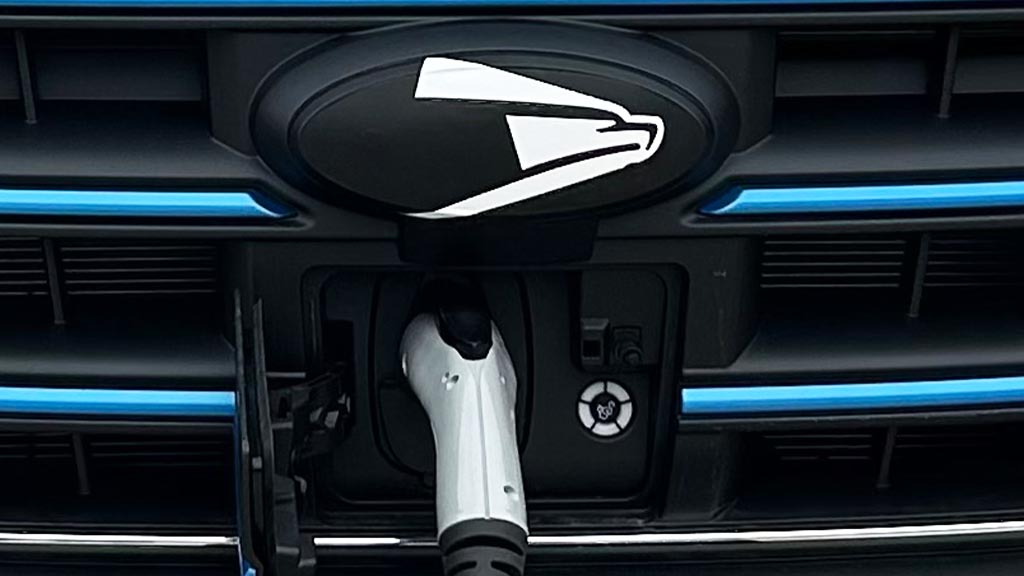EV
US Postal Service (USPS) launches EV charging stations and delivery EV roadmap

U.S. Postal Service (USPS) and White House officials on Monday launched its first set of electric vehicle (EV) charging stations at its South Atlanta Sorting and Delivery Center (S&DC).
These charging stations will be installed at hundreds of new S&DCs across the U.S. throughout the year and increase the EV charging fleet.
The latest plan includes electrification and modernization of the Postal delivery vehicles. It will be funded from the $40 billion investment strategy to upgrade and improve the USPS processing, transportation, and delivery networks.
New battery vehicles and domestically manufactured commercial off-the-shelf (COTS) delivery vehicles will cover a range of the Postal Service’s EV segment.
This EV deployment will start from Georgia and it will expand to other locations across the country throughout the year. These EVs equip air conditioning and safety technologies as well as operational requirements.

U.S. Postal Service (USPS) Electric Vehicle (EV) charger
USPS will buy EVs and build charging stations with $3 billion of funding under the Inflation Reduction Act (IRA). To prepare, USPS has converted around 400 of its sites into S&DC across all states in the U.S. to serve as local hubs to deploy EVs in local routes.
The post office will manufacture 14,000 EV chargers from three suppliers – Siemens, Rexel/ChargePoint, and Blink. It will recharge delivery EVs overnight for the next day’s deliveries.
It planned to buy 21,000 COTS EVs, and 9,250 of these will be supplied by Ford Motor including Ford’s E-Transits. Based on the roadmap, the fleet could expand to 45,000 battery-electric Next Generation Delivery Vehicles (NGDVs) by 2028, leading the overall USPS EVs to 66,000. Furthermore, USPS may convert all of its delivery fleet to 100 percent battery-powered vehicles shortly.
(source – USPS)












